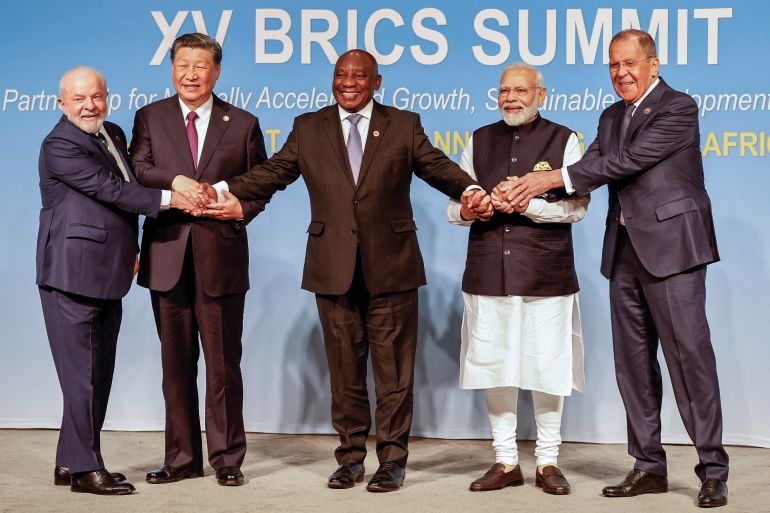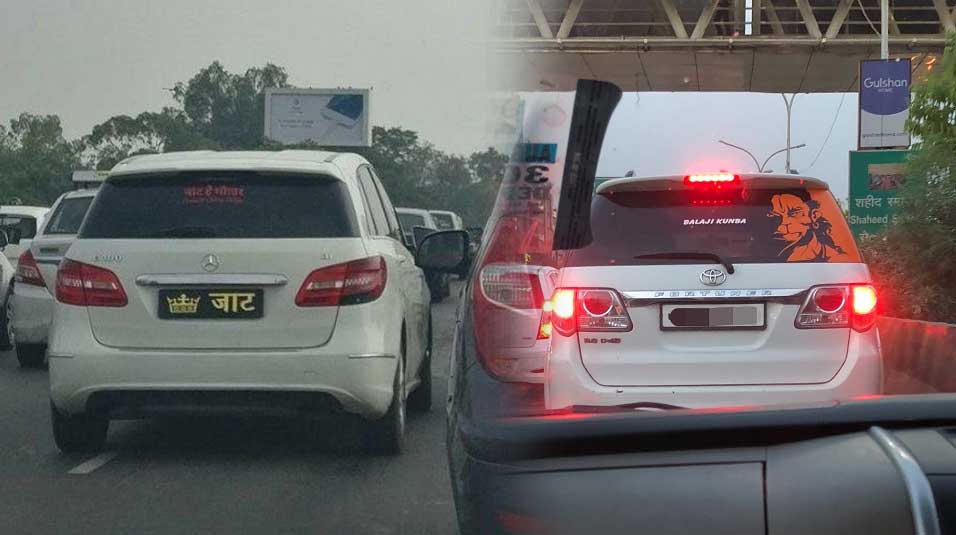- The BRICS alliance, which includes Brazil, Russia, India, China, and South Africa, has issued invitations to six more countries: Iran, the United Arab Emirates, Saudi Arabia, Argentina, Egypt, and Ethiopia.
- This move aims to strengthen the Global South’s collective voice and promote multipolarity in the international arena.

Why are we debating this?
- As BRICS membership grows, it reinforces its claim to represent over half of the world’s population and includes crucial oil-producing countries.
- However, concerns have been raised about China’s growing influence within the alliance.
BRICS Plus: Emerging Role
- Heft and Influence: The addition of new members strengthens BRICS’ status as a representative of the developing world. The alliance currently accounts for 40% of the global population and more than a quarter of global GDP. With the inclusion of additional members, it will now include about half of the world’s population as well as significant oil-producing nations.
- Global Solidarity: Anti-US sentiment and a desire for multipolarity among countries in the Global South are driving BRICS growth. It provides a forum for nations to express solidarity and oppose Western-dominated narratives.
The Evolution of the BRICS and Their Geopolitical Context
- BRICS Emergence: BRICS was founded in 2009 by Brazil, Russia, India, and China, with South Africa joining in 2011. The alliance’s goal was to highlight the economic potential of these rising markets.
- While BRICS’ economic success has varied, geopolitical events such as the Ukraine war have catapulted it into a group with the capacity to challenge Western hegemony and present an alternative viewpoint.
New BRICS Member Dynamics
- Unanimous Decisions: All BRICS members must agree unanimously on BRICS decisions. While Russia and China confront geopolitical challenges from the West, Brazil, South Africa, and India maintain close ties with the US and Europe.
- China’s Role: China is driving BRICS expansion, making membership expansion a priority item on the agenda.
- Inclusion of Iran: The inclusion of Iran demonstrates China and Russia’s influence, underlining their teamwork. This decision joins regional enemies Saudi Arabia and Iran under the same group, highlighting China’s mediation efforts.
- Saudi Arabia’s Shift: Saudi Arabia’s membership signifies the country’s pursuit of a more independent foreign policy, departing from its historic US relationship.
- Iran and Russia Have Global Importance: For Iran and Russia, BRICS membership represents global cooperation as well as a challenge to Western dominance.
Implications for India
- The participation of India in the G7 and Quad summits demonstrates its diversified foreign policy strategy. While engaging in Western alliances, India values its “anti-Western” posture within BRICS.
- BRICS as a Non-Western Bloc: India regards BRICS as a “non-Western” group and works hard to maintain its independent voice inside the alliance.
- Concerns for India: As the BRICS expand, there are fears that the organisation would become more oriented towards China, thereby undermining India’s interests.
Source: https://www.theguardian.com/business/2023/aug/24/five-brics-nations-announce-admission-of-six-new-countries-to-bloc#:~:text=From%20the%20beginning%20of%20next,the%20expansion%20as%20%E2%80%9Chistoric%E2%80%9D.







